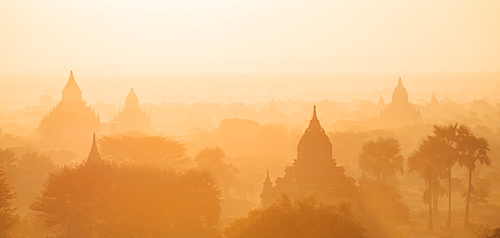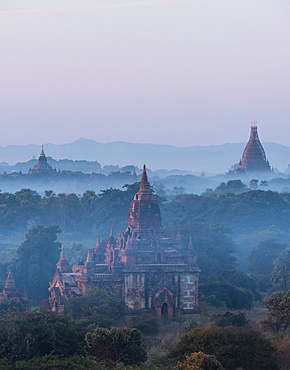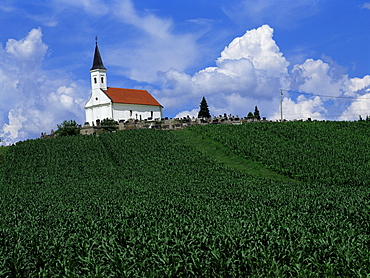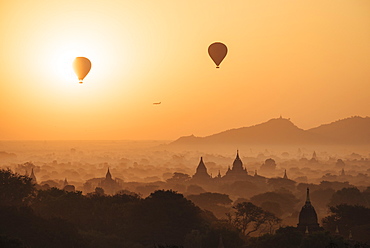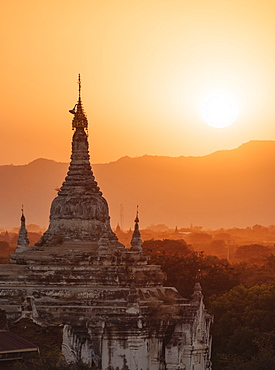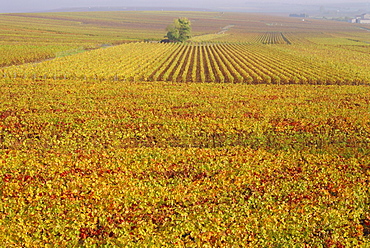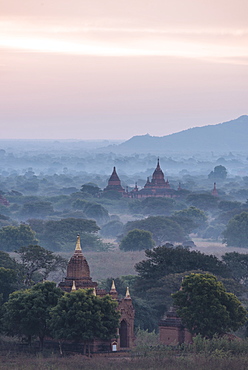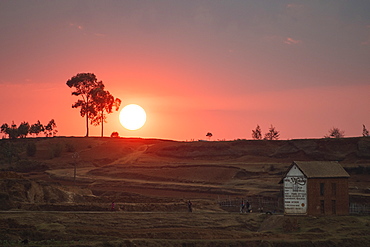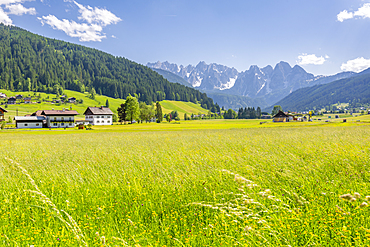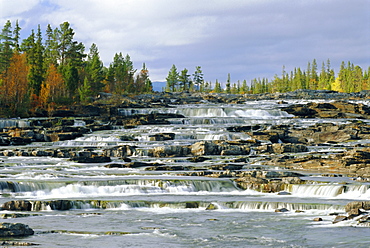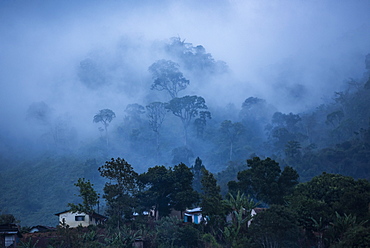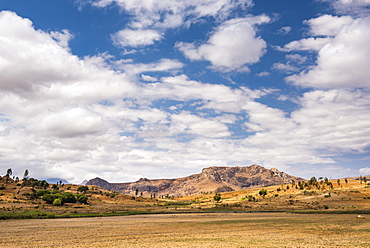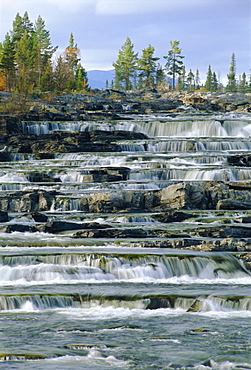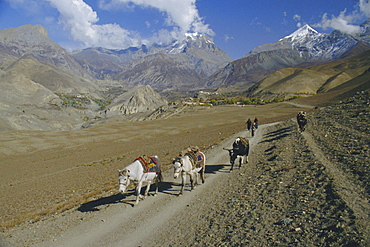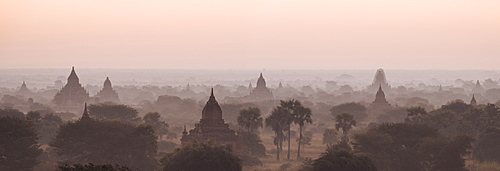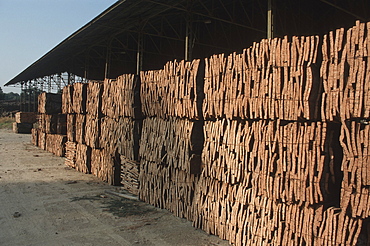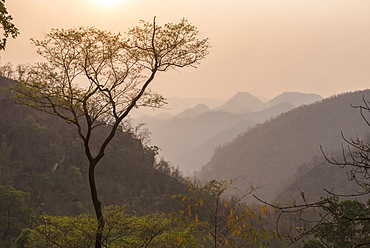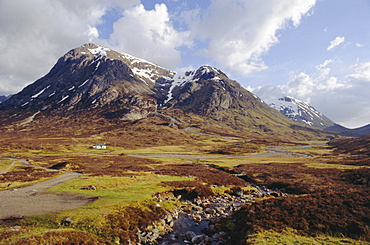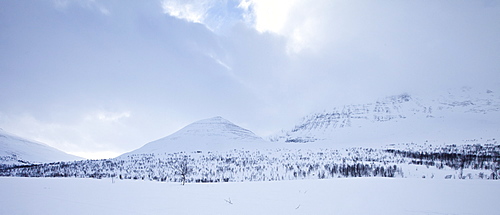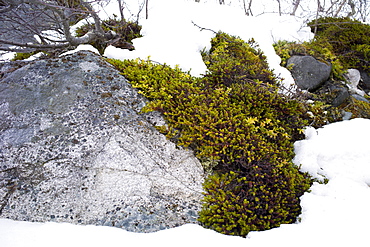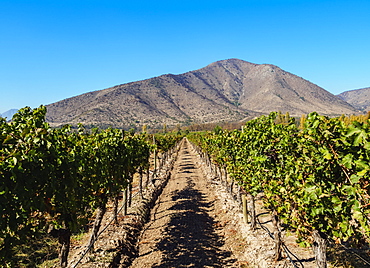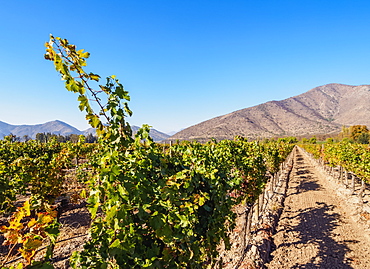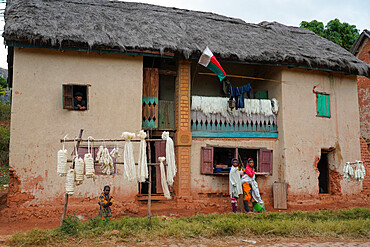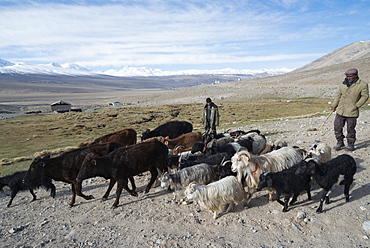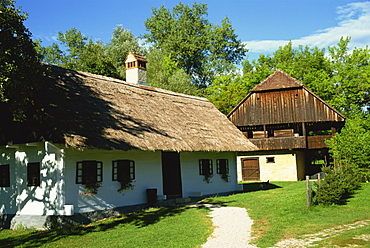Results
« Previous 1 … 4 5 6
564 results found
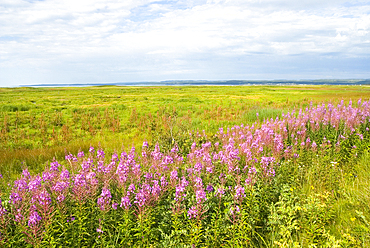
Willowherb (fireweed) on the Saint-Lawrence River bank, Cote-Nord region, Quebec province, Canada, North America
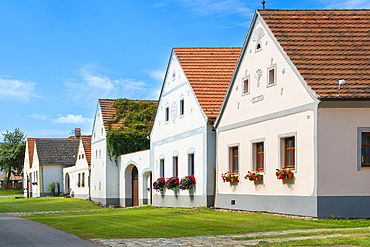
Houses of rural Baroque in Holasovice, UNESCO World Heritage Site, Jankov, Ceske Budejovice, South Bohemian Region, Czech Republic (Czechia), Europe
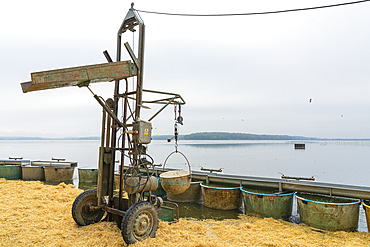
Fish tanks and other equipment ready for fish harvest on Rozmberk Pond, UNESCO Biosphere, Trebon, Jindrichuv Hradec District, South Bohemian Region, Czech Republic (Czechia), Europe
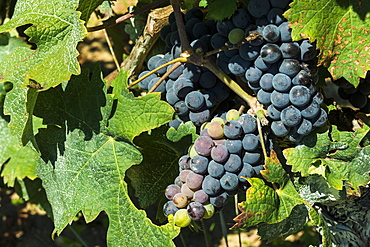
Grand Cru vines of Chateau La Clotte in this historic town and famous Bordeaux red wine region, Saint Emilion, Gironde, France, Europe
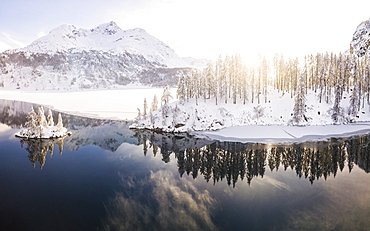
Aerial panoramic view of Lake Sils and Plaun da Lej during winter, Maloja Region, Canton of Graubunden, Engadine, Switzerland, Europe (Drone)
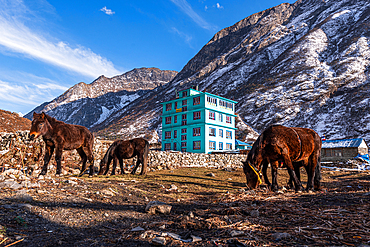
Pack horses in front of a turquoise mountain lodge with Lang Tang village in background, Himalayas, Nepal, Asia

Rowing boat on Taungthaman Lake at sunrise, at U Bein Bridge, Mandalay, Mandalay Region, Myanmar (Burma), Asia

Reflections on Loch Duich, looking south from A87 bridge towards Ratagan village, with snow on Ratagan Pass, Shell Bridge, Highlands Region, Scotland, UK, Europe
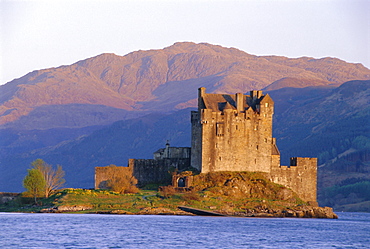
Eilean Donan IEilean Donnan) castle built in 1230, restored in the 1930s by the Maclean family, Dornie, Highlands Region, Scotland, UK, Europe

Stockfish cod drying on traditional racks, hjell, in the Arctic Circle on the island of Ringvassoya in region of Tromso, Northern Norway
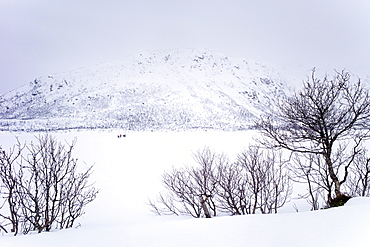
Ice fishing on frozen lake in the arctic alps in the Arctic Circle on Ringvassoya Island in the region of Tromso, Northern Norway
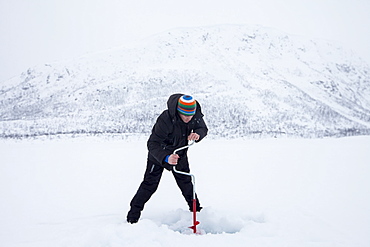
Drilling a hole in the ice while fishing on frozen lake in the Arctic Circle on Ringvassoya Island in the region of Tromso, Northern Norway

Ice fishing on frozen lake in the arctic alps in the Arctic Circle on Ringvassoya Island in the region of Tromso, Northern Norway
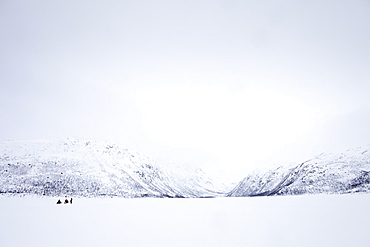
Ice fishing on frozen lake in the arctic alps in the Arctic Circle on Ringvassoya Island in the region of Tromso, Northern Norway

Snowmobiling in the arctic alps in the Arctic Circle near Holt in the region of Tromso, Northern Norway
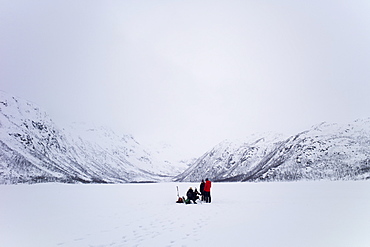
Ice-fishing on frozen lake in the Arctic Circle on Ringvassoya Island in the region of Tromso, Northern Norway
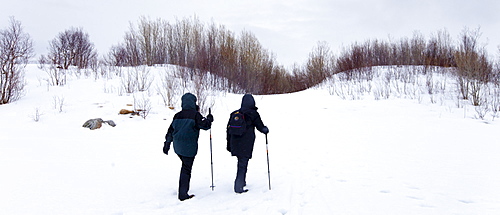
Tourists hiking by frozen lake in the Arctic Circle on Ringvassoya Island in the region of Tromso, Northern Norway
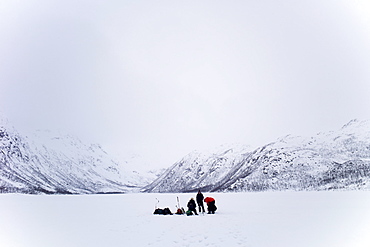
Ice fishing on frozen lake in the arctic alps in the Arctic Circle on Ringvassoya Island in the region of Tromso, Northern Norway
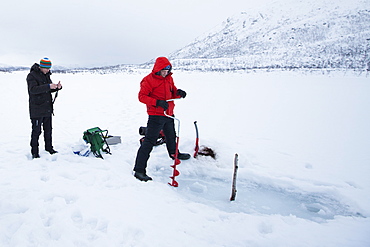
Drilling a hole in the ice while fishing on frozen lake in the Arctic Circle on Ringvassoya Island in the region of Tromso, Northern Norway
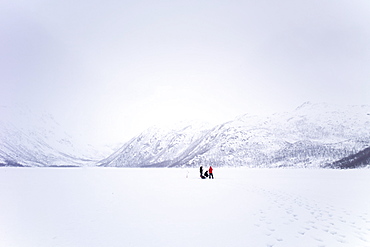
Ice fishing on frozen lake in the arctic alps in the Arctic Circle on Ringvassoya Island in the region of Tromso, Northern Norway
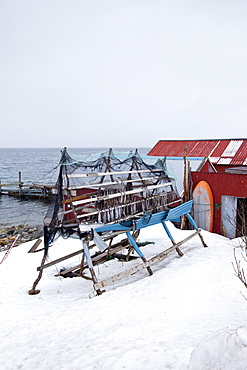
Stockfish cod drying on traditional racks, hjell, in the Arctic Circle on the island of Ringvassoya in region of Tromso, Northern Norway

Couple ice- fishing on frozen lake in the Arctic Circle on Ringvassoya Island in the region of Tromso, Northern Norway
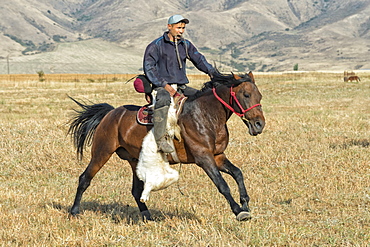
Traditional Kokpar (buzkashi) in the outskirts of Gabagly National Park, Shymkent, South Region, Kazakhstan, Central Asia

Traditional Kokpar (buzkashi) in the outskirts of Gabagly National Park, Shymkent, South Region, Kazakhstan, Central Asia

Traditional Kokpar (buzkashi) in the outskirts of Gabagly National Park, Shymkent, South Region, Kazakhstan, Central Asia

Georgian musicians in folkloric dress holding Panduri instrument and dagger, Ushguli, Svaneti region, Georgia, Central Asia, Asia

Hot air balloon flies over ancient Buddhist temples at dawn, Bagan (Pagan), Mandalay Region, Myanmar (Burma), Asia

Hot air balloons fly over ancient Buddhist temples at dawn, Bagan (Pagan), Mandalay Region, Myanmar (Burma), Asia

Ripe Brunello grapes, Sangiovese, growing on vine at wine estate in region of Montalcino in Val D'Orcia, Tuscany, Italy

Arctic wilderness in Ovre Dividal National Park in the Arctic Circle region of Tromso, Northern Norway
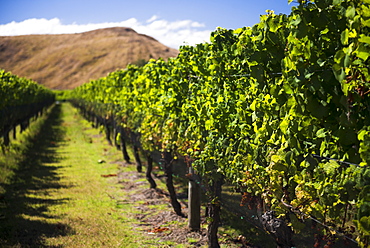
Vineyard at Clearview Estate Winery, Hastings, Hawkes Bay Region, North Island, New Zealand, Pacific

View of the landscape in the Eastern Cape Province of South Africa. This is an area along the Coffee Bay road in a region formerly known as the Transkei.

Coastal scenery between Coffee Bay and Hole in the Wall in a region of South Africa's Eastern Cape Province formerly known as the Transkei.

A group of Xhosa women pose for a photo in the Eastern Cape Province of South Africa. This is an area along the Coffee Bay road in a region formerly known as the Transkei,
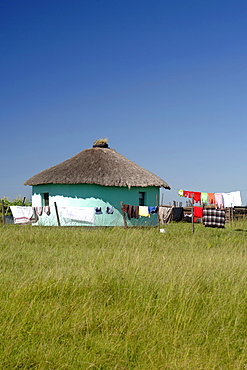
Washing hanging out to dry in the Eastern Cape Province of South Africa. This is an area along the Coffee Bay road in a region formerly known as the Transkei,
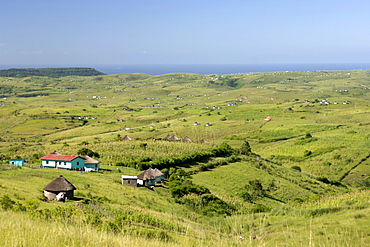
View of the landscape in the Eastern Cape Province of South Africa. This is an area along the Coffee Bay road in a region formerly known as the Transkei.

View of the landscape in the Eastern Cape Province of South Africa. This is an area along the Coffee Bay road in a region formerly known as the Transkei.

Fishermen offloading their catch of sardines into crates in the town of Camarin~as on the Atlantic coast of A Corun~a province in Spain's Galicia region.

Fishermen offloading their catch of sardines into crates in the town of Camarin~as on the Atlantic coast of A Corun~a province in Spain's Galicia region.
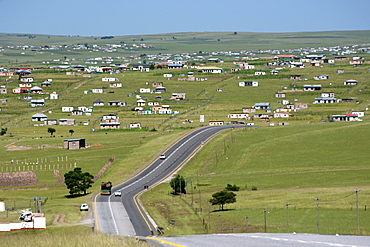
The N2 highway near the town of Idutywa in a region of South Africa's Eastern Cape Province formerly known as the Transkei.

A Xhosa woman hangs out her washing to dry in the Eastern Cape Province of South Africa. This is an area along the Coffee Bay road in a region formerly known as the Transkei,
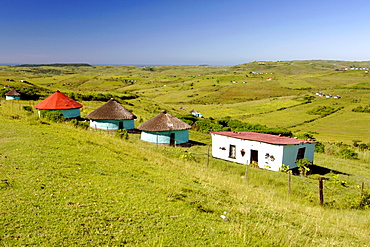
View of the landscape in the Eastern Cape Province of South Africa. This is an area along the Coffee Bay road in a region formerly known as the Transkei,
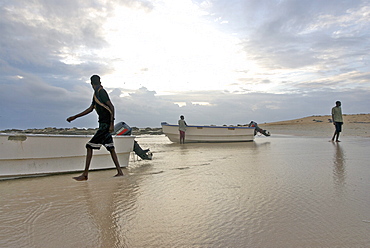
Hardest hit was a 650 kilometers stretch of the somali coastline between garacad (mudung region) and xaafuun (bari region), which forms part of the puntland province near the horn of africa. The tsunami resulted in the death of some 300 people and extensive destruction of shelters, houses and water sources as well as fishing gear. The livelihoods of many people residing in towns and small villages along the somali indian ocean coastline, particularly in the northern regions, were devastated
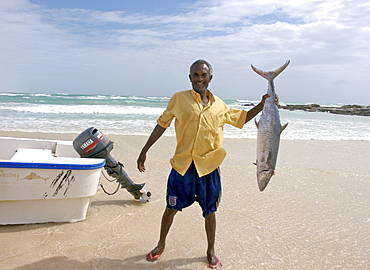
Hardest hit was a 650 kilometers stretch of the somali coastline between garacad (mudung region) and xaafuun (bari region), which forms part of the puntland province near the horn of africa. The tsunami resulted in the death of some 300 people and extensive destruction of shelters, houses and water sources as well as fishing gear. The livelihoods of many people residing in towns and small villages along the somali indian ocean coastline, particularly in the northern regions, were devastated
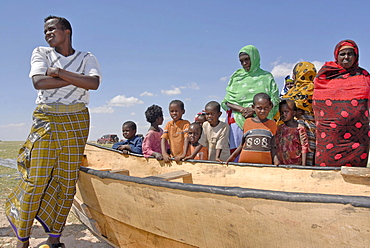
Hardest hit was a 650 kilometers stretch of the somali coastline between garacad (mudung region) and xaafuun (bari region), which forms part of the puntland province near the horn of africa. The tsunami resulted in the death of some 300 people and extensive destruction of shelters, houses and water sources as well as fishing gear. The livelihoods of many people residing in towns and small villages along the somali indian ocean coastline, particularly in the northern regions, were devastated

Hardest hit was a 650 kilometers stretch of the somali coastline between garacad (mudung region) and xaafuun (bari region), which forms part of the puntland province near the horn of africa. The tsunami resulted in the death of some 300 people and extensive destruction of shelters, houses and water sources as well as fishing gear. The livelihoods of many people residing in towns and small villages along the somali indian ocean coastline, particularly in the northern regions, were devastated

Hardest hit was a 650 kilometers stretch of the somali coastline between garacad (mudung region) and xaafuun (bari region), which forms part of the puntland province near the horn of africa. The tsunami resulted in the death of some 300 people and extensive destruction of shelters, houses and water sources as well as fishing gear. The livelihoods of many people residing in towns and small villages along the somali indian ocean coastline, particularly in the northern regions, were devastated
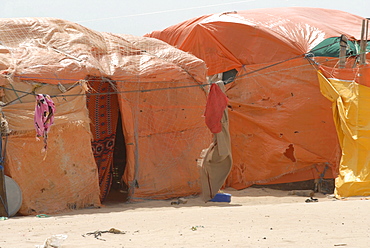
Hardest hit was a 650 kilometers stretch of the somali coastline between garacad (mudung region) and xaafuun (bari region), which forms part of the puntland province near the horn of africa. The tsunami resulted in the death of some 300 people and extensive destruction of shelters, houses and water sources as well as fishing gear. The livelihoods of many people residing in towns and small villages along the somali indian ocean coastline, particularly in the northern regions, were devastated

Hardest hit was a 650 kilometers stretch of the somali coastline between garacad (mudung region) and xaafuun (bari region), which forms part of the puntland province near the horn of africa. The tsunami resulted in the death of some 300 people and extensive destruction of shelters, houses and water sources as well as fishing gear. The livelihoods of many people residing in towns and small villages along the somali indian ocean coastline, particularly in the northern regions, were devastated
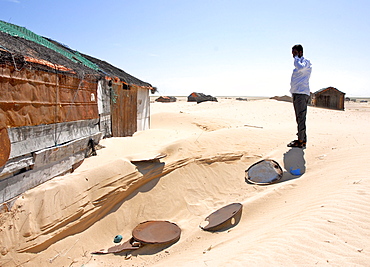
Hardest hit was a 650 kilometers stretch of the somali coastline between garacad (mudung region) and xaafuun (bari region), which forms part of the puntland province near the horn of africa. The tsunami resulted in the death of some 300 people and extensive destruction of shelters, houses and water sources as well as fishing gear. The livelihoods of many people residing in towns and small villages along the somali indian ocean coastline, particularly in the northern regions, were devastated

Hardest hit was a 650 kilometers stretch of the somali coastline between garacad (mudung region) and xaafuun (bari region), which forms part of the puntland province near the horn of africa. The tsunami resulted in the death of some 300 people and extensive destruction of shelters, houses and water sources as well as fishing gear. The livelihoods of many people residing in towns and small villages along the somali indian ocean coastline, particularly in the northern regions, were devastated

Hardest hit was a 650 kilometers stretch of the somali coastline between garacad (mudung region) and xaafuun (bari region), which forms part of the puntland province near the horn of africa. The tsunami resulted in the death of some 300 people and extensive destruction of shelters, houses and water sources as well as fishing gear. The livelihoods of many people residing in towns and small villages along the somali indian ocean coastline, particularly in the northern regions, were devastated

Hardest hit was a 650 kilometers stretch of the somali coastline between garacad (mudung region) and xaafuun (bari region), which forms part of the puntland province near the horn of africa. The tsunami resulted in the death of some 300 people and extensive destruction of shelters, houses and water sources as well as fishing gear. The livelihoods of many people residing in towns and small villages along the somali indian ocean coastline, particularly in the northern regions, were devastated
